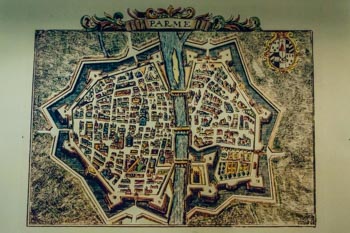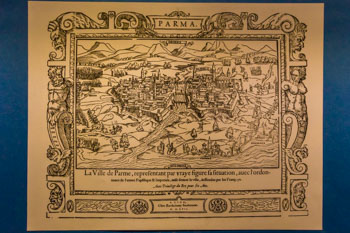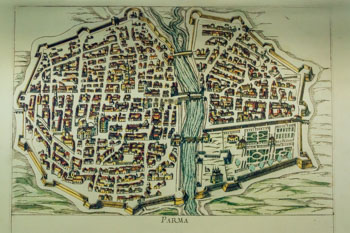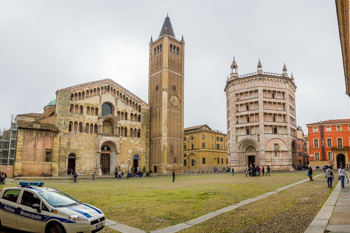The history of Parma
Parma is an ancient city. Way back in 183 BC, 2000 Romans founded a colony here, which was an important center of commerce. After Parma, other nearby cities such as Piacenza and Modena were founded. Given that the location of Parma was strategically important from an economic-trade point of view, the city was the epicenter of several wars which went on for centuries: its lands were devastated by the barbarians, occupied by the Huns, trampled on by the Longobardi and split up by the Franks.
The most important period for Parma began in the sixteenth century when in 1545 Pope Paul III founded the dynasty and consigned the city to Pier Luigi Farnese. The Farnese family governed the city until 1731 and Parma changed radically during those years as symbolic buildings for the local aristocracy appeared here, such as the Ducal Palace and the Palazzo Pilotta.
The name of Napoleon is also linked to the city of Parma. From 1793 the great military commander began his Italian campaign and by the end of the century he had conquered many different regions including the city of Parma. Shortly afterwards, he commissioned his second wife Maria Luisa of Hapsburg-Lorraine to govern Parma, and she maintained her influential power until her death in 1847. Upon her orders, houses were constructed in Parma and old neighborhoods were rebuilt. Maria Luisa also turned her hand to the cultural development of the city: it was on her orders that the Teatro Regio of Parma was founded. The Maria Luisa of Hapsburg-Lorraine Museum located in via Garibaldi tells the story of this woman governor.
In 1860 Parma was annexed to the Kingdom of Italy and the period of development and peace began. During the Second World War the town was heavily bombed, but the inhabitants of Parma, lovers of culture, reconstructed the city and all her important architectural buildings. Today it is a quiet corner of Italy where the wonderful smell of ham wafts through the air and Parmesan cheese is venerated.



